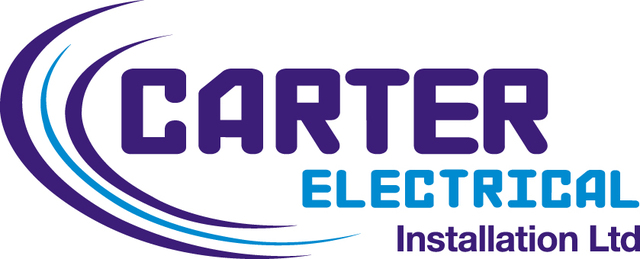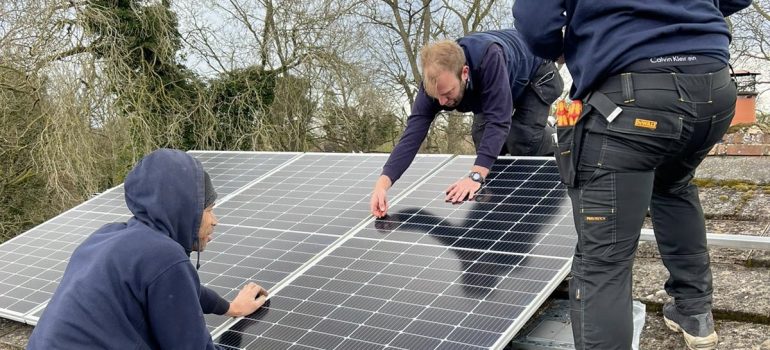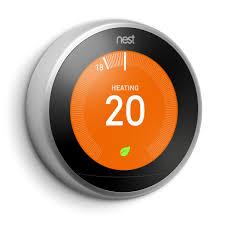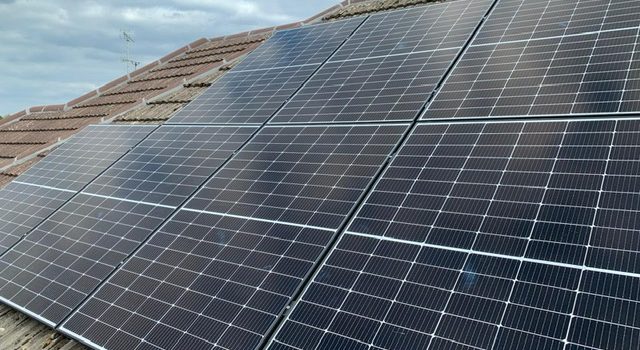Renewing our company one electric vehicle at a time
Pardon the pun, but our newest electric Maxus van has been on the roads for a couple of months now. One of our four 100% electric vans, it is emblazoned with our new Carter Renewables branding, an exciting division of our company focusing on Solar PV systems, Electric Vehicle Charging, Tesla Powerwalls and Solar battery installations.
As we look to diversify Carter Electrical with its new sister division Carter Renewables, it’s important we showcase the best of what renewable energy has to offer. And what better way than through our electric fleet; the Maxus EDeliver 3 does around 135 miles on a full charge, perfect for our work in and around the Reading area.
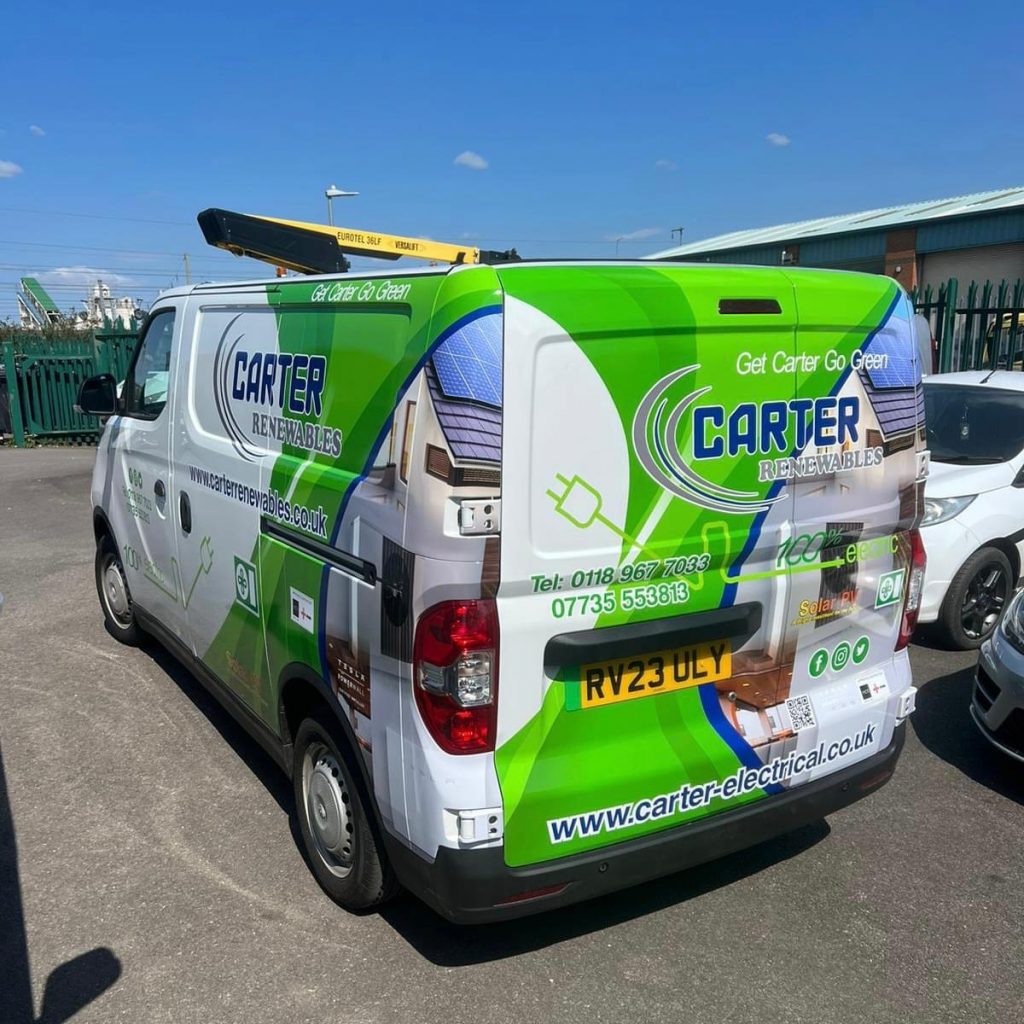
Why change to Electric Vehicles?
The electric vehicle (EV) market is booming, according to the latest vehicle stats. Electric car sales increased by 40% in 2022 and EVs enjoyed another record year with more than one in ten new vehicles being electric. The proportion of electric cars within the wider used car market is only going one way – up. Overall, 1.61 million new cars were registered in 2022 – a figure that’s 2.0% down on 2021 due to the impact of the pandemic and the continued global semiconductor chip shortage. Despite this, more battery electric vehicles (BEV) were sold in 2022 than ever with 267,203 registrations (16.6% of all new car sales), while plug-in hybrid electric vehicles (PHEVs) made up 6.3% or 101,414 cars.
Electric car sales are now second only to petrol cars in the UK.
Completing the circuit
With this in mind, more and more clients are reaching out to us to start the conversation about how they can make renewable adaptations to their homes and business premises to reduce their running costs for their electric vehicles. These include projects as straightforward as installing personal electric car chargers, such as the MyEnergi Zappi, or opting for our self-titled Triple Solution, where clients are storing the energy from their solar panels in storage batteries before using that generated power to run their homes. Batteries also let you charge up overnight with cheaper electric to reduce your unit price of electricity in the winter when there is less solar being generated.
Get Carter, go green!
So what are you waiting for? If you’re considering going green with your vehicle in the interests of contributing to a cleaner planet, not to mention adding value to your property or commercial venue, talk to us about an initial quote.
